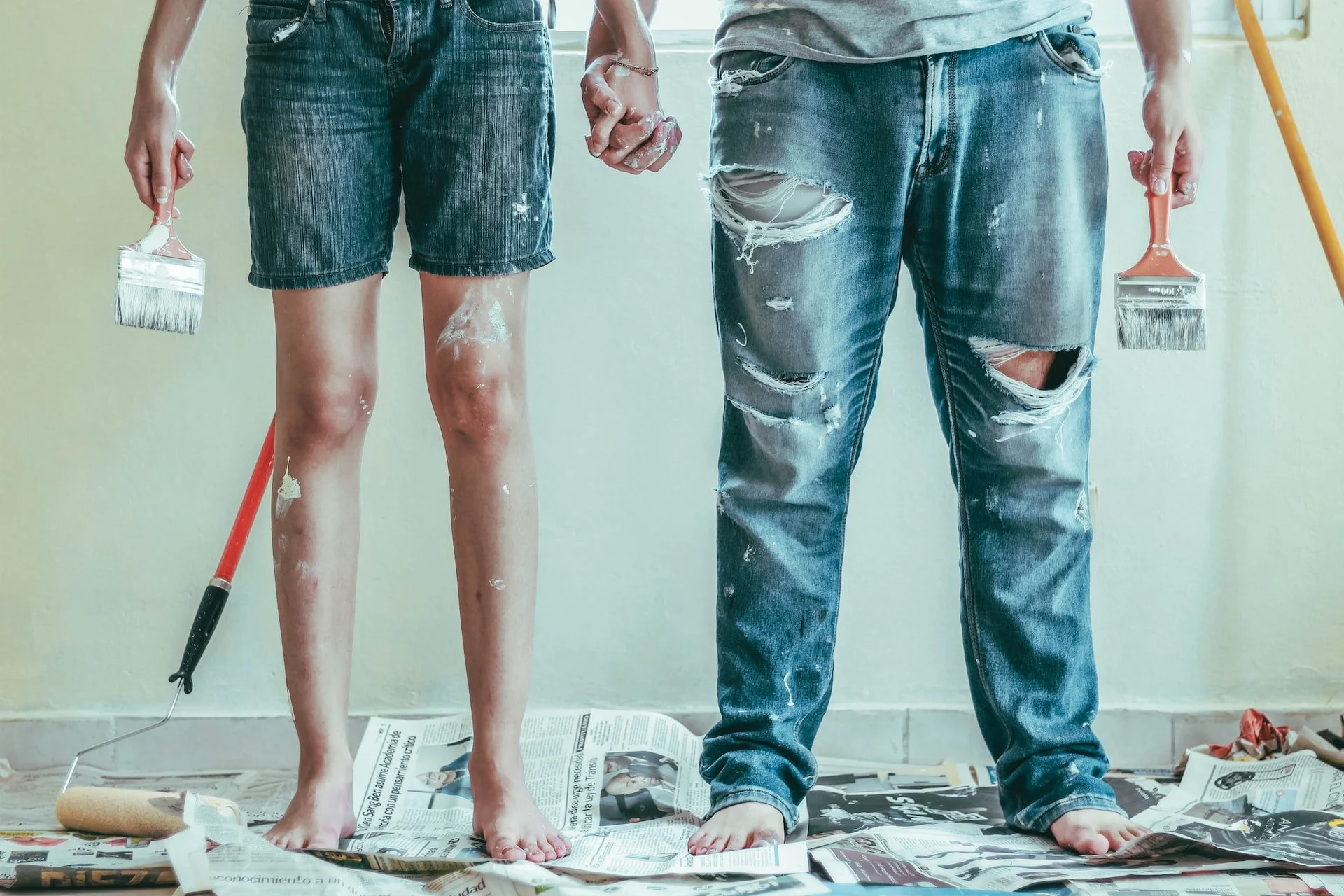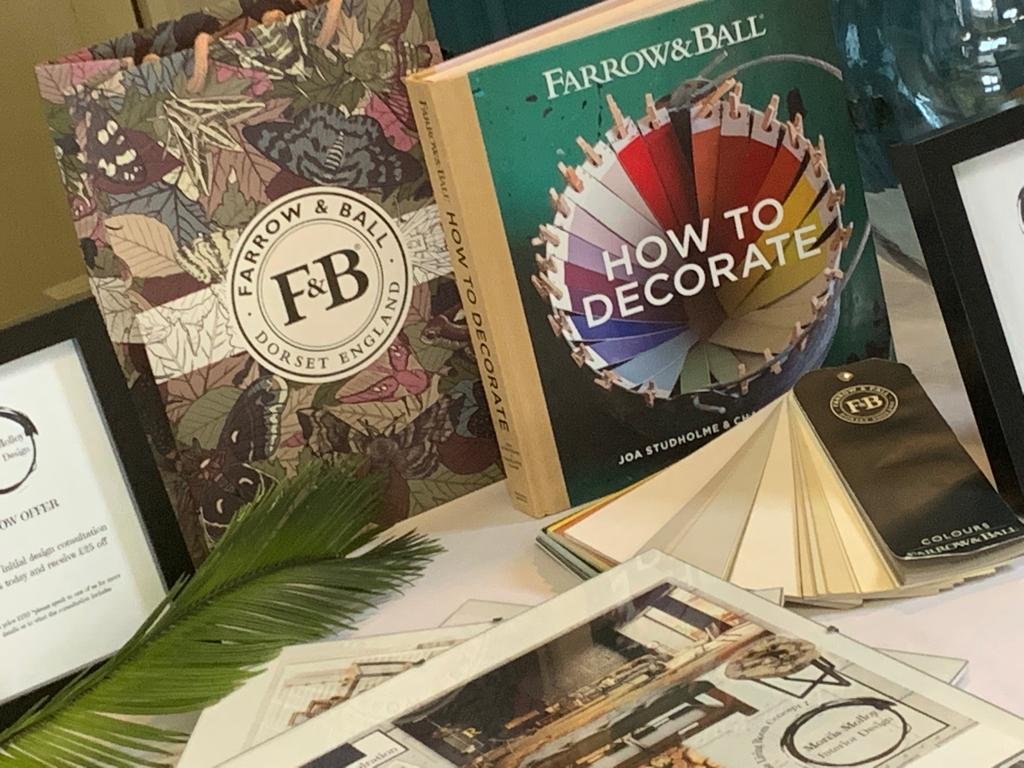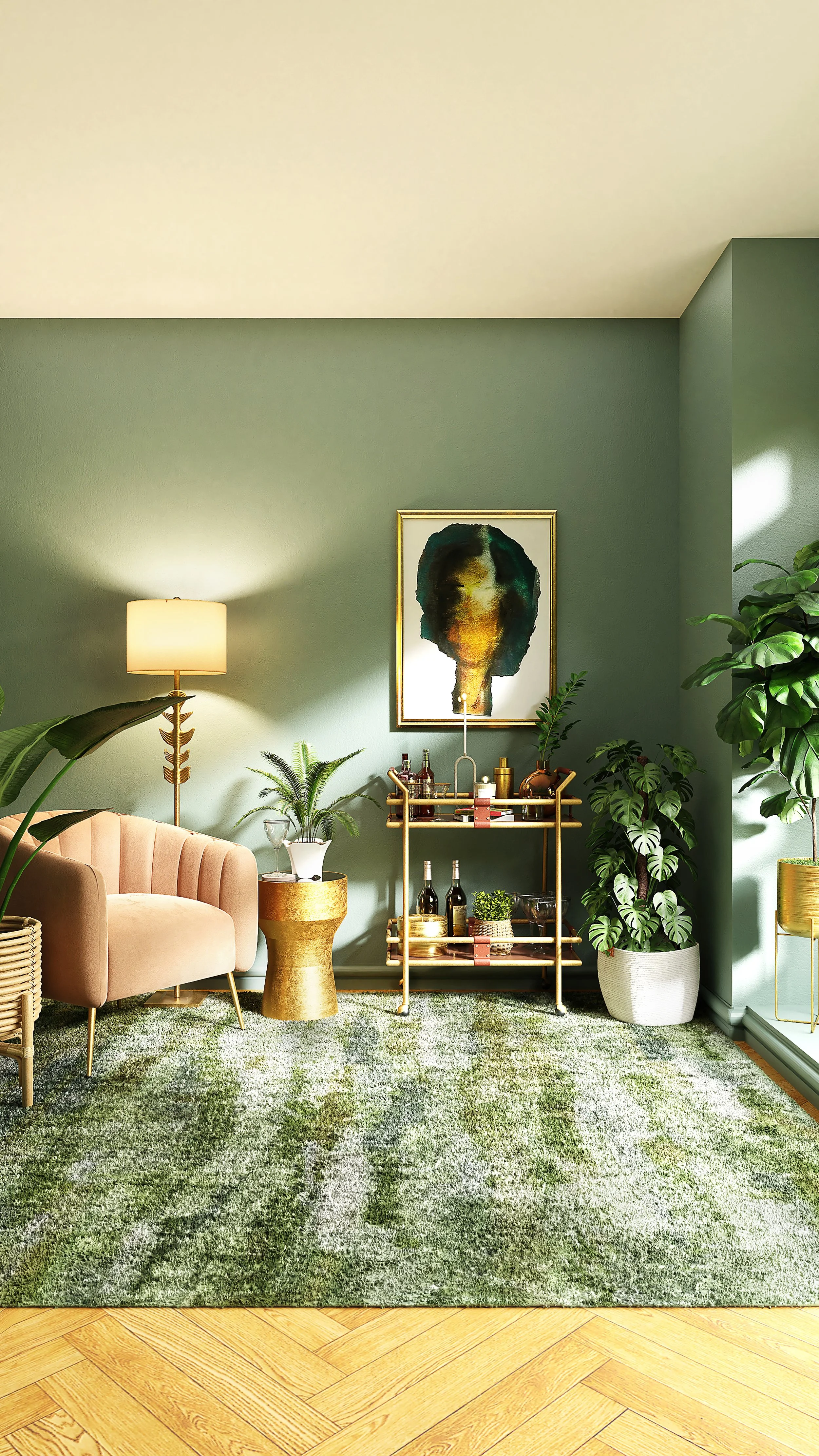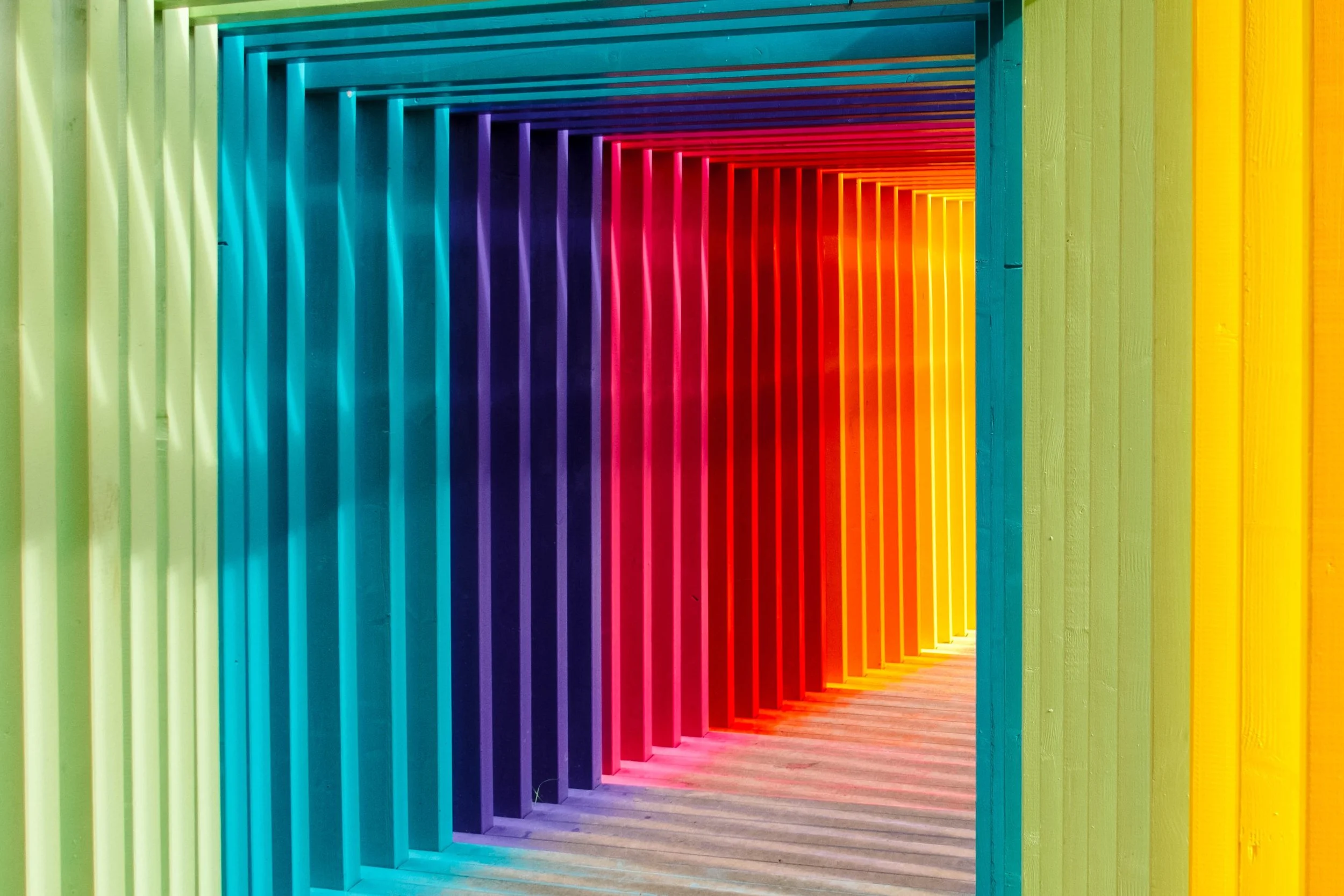Choosing paint colours is something that not everyone is comfortable doing, updating any interior can often be stressful, not to mention expensive especially if done in a hurry without much thought as it then just becomes something that needs to be redone at a later date - This is why when you hire an Interior Designer you lift that weight off your shoulders and pass it straight over to us, at the same time eliminating the chances of making expensive mistakes that you will later regret.
You may remember reading one of our previous blogs when we visited Decorex Interior Design show . One of our favourite guest speakers was ‘Suzy Hoodless’ – We could really relate to her views on how we as Interior Designers have to edit our clients ideas in order to pull them all together. Producing a paint schedule is most definitely part of this process as often a client will have so may ideas about how they want their space to look feel and function but with no idea of where to start in order to achieve this. It can so often be achieved simply by choosing the right combination of paint colours even if this happens to be various shades of white we can not express the importance of getting this right.
Some interesting colour facts!…
There are many words that can be used to describe colour, some you may be familiar with and some not so much.
Hues and shades of colour are examples - Hue is another word for colour whereas shade is a darker version of a colour made by adding black – for example dark blue.
Tint is a light version of a colour made by adding white – for example pink is a tint of red.
Tone is a lighter or darker version of a colour.
Primary colours (red, blue, yellow); secondary colours created by mixing the primaries (red + blue = purple; red + yellow = orange; yellow + blue = green); and the tertiary colours (red-orange; yellow-orange; yellow-green; blue-green; blue-purple; red-purple).
Warm colours – reds, oranges and yellows – think of fires, sunsets etc
Cool colours – greens, blues and blue purples – think water and sky
Neutral colours – colours that strictly speaking aren’t warm or cool but more likely to be applied to colours that aren’t on the colour wheel for example greys, blacks, browns and whites.
What do we take into consideration when helping our clients choose the right paint colour for their Interiors?
As we have said choosing the right paint colour can have a huge influence when it comes to the overall design of any space, it can make a small room feel bigger and a large room feel more intimate – it has the potential to lighten a dark room or make a room come to life in evening light.
A little colour theory can go a long way and we can help you to understand how the orientation of your room may affect what the paint will actually look like on the walls and how colour behaves in different conditions.
It is important to know which way a room faces because the quality of the light that comes in is different depending on whether the room looks north, south, east or west and this will in turn alter the appearance of the paint colour once it is on the wall.
North facing rooms receive cooler and harsher light, whereas South-facing rooms get warm, colour-flattering light all day long.
East-facing rooms are bright early on but become cooler as the day progresses and West-facing rooms will feel cooler in the mornings then benefit from warm light later on.
As part of our initial Interior Design consultation we start to get a feel of which direction we would likely go in when helping you choose paint colours, we may ask about the colours you love to wear and the environments you like to spend time in also any hobbies you might enjoy. Thinking about these sorts of things will help us understand the mood you may want to create and what personality you want your space to have. We will also consider any items or features in your home that you particularly love and would like to incorporate into the final design.
There are so many ways to find your own inspiration such as looking in magazines, or on the internet with all the images that are available on google or apps such as Pinterest and Instagram. Pinterest is particularly great for creating inspiration boards of your favourite ideas which can be kept all together and shared with us to get a great insight into your likes and dislikes but fear not we will work with you to ‘edit your ideas and pull them altogether.’
Paint colour choices are a great way to add personality to your home but this doesn’t mean it has to be overpowered with colour (if this is not your thing), combinations of a main neutral shade with an accent colour can allow you to go as bold as you like and at the same time be subtlety striking.
The way in which the colour is added can also add further interest such as to woodwork as opposed to walls or to a feature area or piece of furniture for example the options to add colour are endless it doesn’t just need to be applied to walls.
We appreciate and understand that even with seeking professional advice picking a paint colour that you will want to live with for years is perhaps one of the hardest design decisions to make and this is where test pots or swatches of colour are key.
With painting these onto the wall or onto a large sheet of white paper it allows you to really consider all of the factors that we have mentioned such as light, orientation and other items that will remain in the room.
Top tip- Don’t be tempted to position swatches next to each other on the same wall as this makes it harder to make a clear choice as they may well distract from each other.
So as we are sure you will agree you can see that choosing the perfect paint colour isn’t just a case of going to the DIY shop and picking a colour there and then.
If you think you may like assistance with choosing your ideal paint colours then please don’t hesitate to get in touch and we can arrange a discovery call to chat through your project no matter how big or small.






